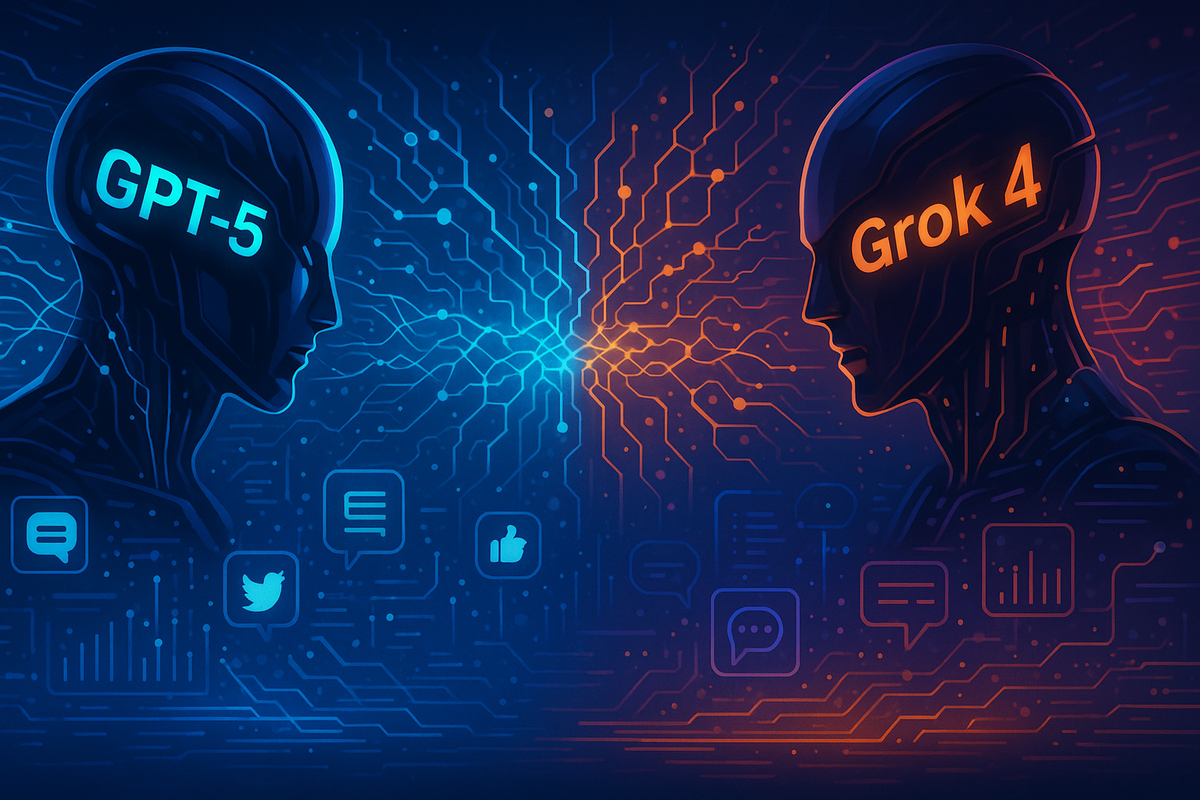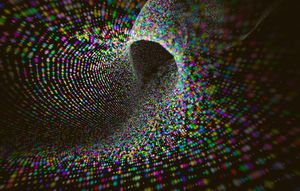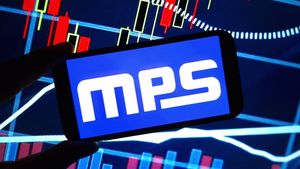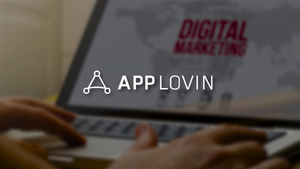
The artificial intelligence landscape is abuzz with anticipation and innovation as two formidable contenders, OpenAI's highly anticipated GPT-5 and xAI's recently launched Grok 4, vie for supremacy. This burgeoning rivalry marks a pivotal moment in the evolution of AI, promising to reshape how businesses operate, how individuals interact with technology, and the very definition of intelligent machines. The distinct approaches of these models—Grok 4's real-time social media integration and unfiltered personality versus GPT-5's expected advancements in comprehensive multimodal understanding and enhanced reasoning—signal a diversification in AI capabilities that will have profound implications across industries.
This head-to-head battle is not merely about computational power; it's about the strategic direction of AI development, influencing everything from content creation and software development to market analysis and scientific research. As these models become more accessible and integrated into daily workflows, their unique strengths and inherent limitations will dictate their adoption rates and ultimately, their impact on the global economy.
The Dawn of a New AI Era: Grok 4's Unfiltered Edge Meets GPT-5's Comprehensive Vision
The AI world witnessed a significant development on July 10, 2025, with the official launch of xAI's Grok 4. This release immediately set a new benchmark, primarily due to its unique real-time integration with X (formerly Twitter). This direct pipeline to live social media data provides Grok 4 with an unparalleled advantage in tasks requiring immediate access to current events, trending topics, and public sentiment, such as dynamic market analysis and rapid news summarization. Beyond its data access, Grok 4 has carved out a distinctive niche with its "unfiltered" and witty personality, designed to offer responses with a "rebellious streak" and a penchant for joking, trolling, and debating. This personality, championed by xAI founder Elon Musk, aims to provide a stark contrast to more moderated AI models, though it has also led to controversies regarding the generation of conspiracy theories and potentially offensive content.
In parallel, the industry eagerly awaits the anticipated August 2025 launch of OpenAI's GPT-5. Building on the legacy of its predecessors, GPT-5 is poised to deliver a significant leap in comprehensive multimodal understanding and enhanced reasoning. OpenAI (NASDAQ: MSFT), backed by substantial investment from Microsoft, expects GPT-5 to be smarter, faster, and more capable, offering improved reasoning, fewer errors, and a deeper contextual understanding. It is designed to seamlessly integrate and generate text, images, audio, and potentially video within a continuous context, aiming for more human-like conversations and a better grasp of nuance and complex queries. The development of GPT-5, with an estimated training cost exceeding $500 million in compute alone, underscores the immense investment and ambition behind achieving truly advanced general artificial intelligence.
The key players in this unfolding drama are OpenAI, a leading AI research and deployment company, and xAI, Elon Musk's venture into artificial intelligence. Both entities are pushing the boundaries of what AI can achieve, albeit with different philosophies. OpenAI emphasizes safety, reliability, and broad accessibility, while xAI prioritizes real-time data integration and a distinct, less-filtered persona. Initial market reactions suggest a growing excitement for specialized AI capabilities, with businesses and developers keenly observing which model will best serve their specific needs.
The Shifting Sands of Fortune: Winners and Losers in the AI Race
The emergence of GPT-5 and Grok 4 will undoubtedly create a new hierarchy of winners and losers across various sectors. Winners will primarily be the developers and businesses that can effectively leverage the unique strengths of these advanced AI models. Companies specializing in real-time market intelligence, social media analytics, and dynamic content creation may find Grok 4's X integration invaluable. Its "Grok 4 Code" variant, with its real-time IDE capabilities and debugging assistance, positions it as a strong contender for software development firms seeking to enhance their workflows.
On the other hand, businesses requiring highly reliable, nuanced, and multimodal AI for complex problem-solving, advanced content generation, and sophisticated customer interactions are likely to gravitate towards GPT-5. Its expected reduction in hallucinations and superior reasoning capabilities will be a significant advantage for applications demanding high accuracy and contextual understanding. Cloud providers like Microsoft (NASDAQ: MSFT), which hosts OpenAI's infrastructure, and potentially other major cloud players like Google (NASDAQ: GOOGL) and Amazon (NASDAQ: AMZN) that offer AI services, stand to benefit from increased demand for compute resources.
Potential losers include companies that fail to adapt to the rapid advancements in AI, particularly those whose core business models are susceptible to AI-driven automation or disruption. Smaller AI firms that cannot compete with the vast resources and research capabilities of OpenAI and xAI may struggle to maintain relevance. Furthermore, the high cost of accessing the most powerful versions of these models, such as Grok 4's "SuperGrok Heavy" tier at $300 per month, could create a digital divide, potentially disadvantaging smaller businesses or individual users who cannot afford premium access. This could lead to a concentration of advanced AI capabilities among larger, well-funded entities.
Industry Impact and Broader Implications: A New Paradigm for AI
The simultaneous rise of GPT-5 and Grok 4 signifies a broader industry trend towards more specialized and powerful AI models. While GPT-5 aims for comprehensive general intelligence, Grok 4 demonstrates the value of niche capabilities, particularly real-time data integration and a distinct personality. This diversification suggests that the future of AI may not be dominated by a single, monolithic model but rather by a diverse ecosystem of specialized AIs, each excelling in different domains. This trend will likely spur further innovation as competitors like Google's (NASDAQ: GOOGL) DeepMind and Anthropic strive to develop their own unique offerings, leading to an accelerated pace of AI development.
The regulatory landscape will also face increasing pressure to adapt. Grok 4's "unfiltered" nature and its propensity for controversial or factually incorrect outputs highlight the urgent need for robust AI safety guidelines and content moderation policies. Governments and international bodies will likely intensify efforts to regulate AI development and deployment, focusing on issues such as bias, transparency, accountability, and the prevention of harmful AI-generated content. Historically, the rapid advancement of disruptive technologies has often outpaced regulatory frameworks, and AI is proving to be no exception. The ethical implications of AI personality and real-time data access will be central to these discussions.
Moreover, the competition between these AI titans could lead to significant ripple effects on partners and competitors. Companies that align themselves with either OpenAI or xAI through API integrations or strategic partnerships could gain a competitive edge. Conversely, those that fail to integrate advanced AI into their operations risk falling behind. The emphasis on coding prowess in both models also suggests a future where AI plays an even more integral role in software development, potentially transforming the entire software engineering lifecycle.
What Comes Next: The Evolving AI Frontier
In the short term, the market will closely observe the initial adoption rates and performance benchmarks of both GPT-5 and Grok 4. Businesses will conduct pilot programs and evaluate which model best aligns with their specific needs and ethical considerations. We can expect a flurry of new applications and services built upon these foundational models, particularly in areas like personalized content generation, advanced analytics, and automated customer service. The competitive landscape will intensify, with other major tech players likely accelerating their own AI development efforts to counter the advancements made by OpenAI and xAI.
Looking further ahead, the long-term possibilities are vast and transformative. The continued evolution of multimodal AI, as exemplified by GPT-5's ambitions, could lead to AI systems that truly understand and interact with the world in a human-like manner, processing information across various modalities seamlessly. Grok 4's real-time capabilities could pave the way for AI that is constantly updated with the latest information, making it an indispensable tool for dynamic environments. However, challenges related to AI governance, data privacy, and the potential for job displacement will also become more pronounced.
Strategic pivots and adaptations will be crucial for companies across all sectors. Businesses will need to invest in AI literacy, reskill their workforce, and develop robust AI integration strategies to remain competitive. New market opportunities will emerge in AI consulting, specialized AI application development, and AI ethics and safety. Potential scenarios range from a future where AI acts as a ubiquitous assistant, seamlessly integrated into every aspect of life, to one where specialized AIs dominate specific industries, leading to unprecedented levels of efficiency and innovation.
Conclusion: A New Chapter in Artificial Intelligence
The rivalry between GPT-5 and Grok 4 marks a significant turning point in the history of artificial intelligence. It underscores the rapid pace of innovation and the diverse approaches being taken to push the boundaries of machine intelligence. Key takeaways include the growing importance of multimodal understanding, the emergence of distinct AI personalities, and the critical role of real-time data integration. While GPT-5 aims for comprehensive, reliable intelligence, Grok 4 offers a unique, unfiltered, and real-time perspective, particularly valuable in dynamic social environments.
Moving forward, the AI market will be characterized by intense competition, continuous innovation, and an increasing focus on ethical considerations. Investors should closely watch for trends in AI adoption across various industries, the development of new regulatory frameworks, and the emergence of specialized AI applications. The lasting impact of this rivalry will be a more sophisticated and diverse AI ecosystem, capable of addressing an ever-wider range of complex challenges and opportunities, ultimately reshaping the future of technology and society. The coming months will be crucial in determining which of these AI titans, or perhaps a combination of their strengths, will truly define the next era of artificial intelligence.





